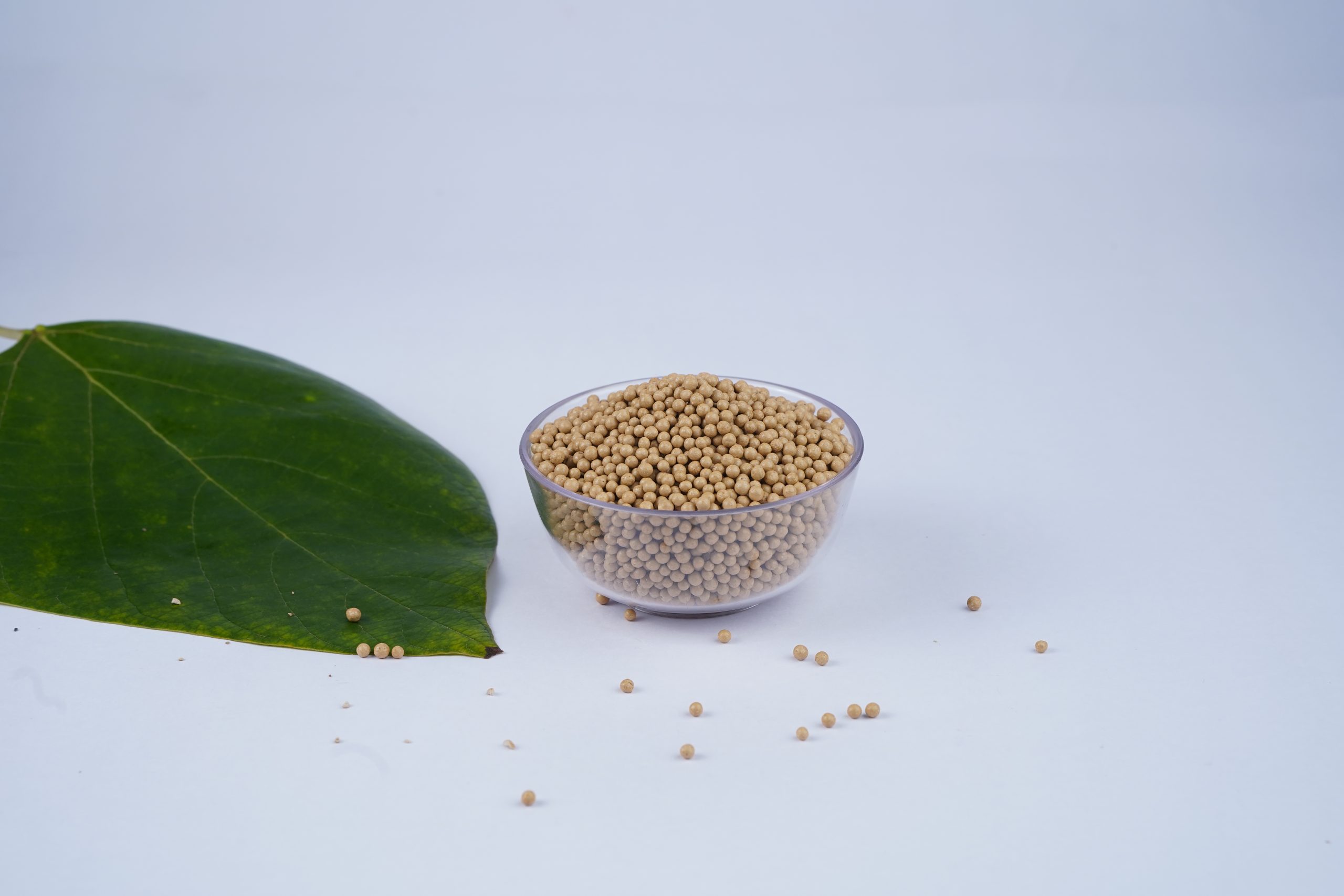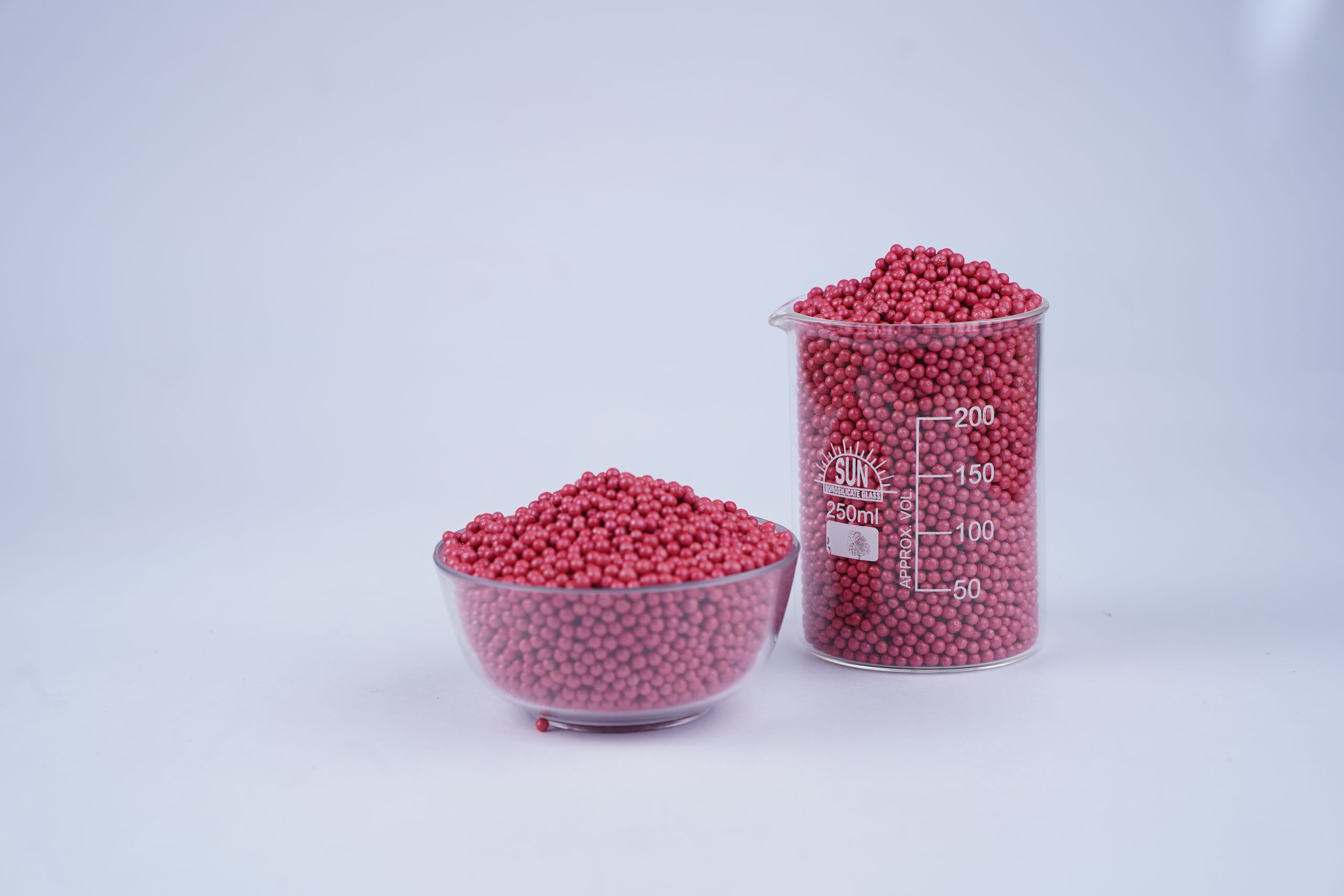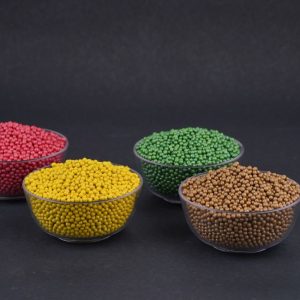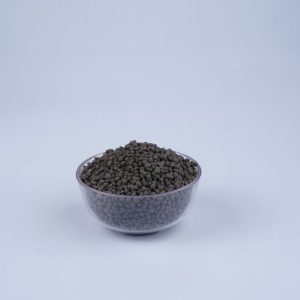Fertilizer granule coatings have become essential in modern agriculture, offering a controlled, efficient way to nourish plants. These coatings regulate nutrient release, enhancing plant health while reducing waste. By protecting nutrients from rapid leaching and improving soil interaction, coated granules provide a balanced, sustainable solution for crop growth.
Nulla accumsan sapien purus, at ultrices eros sagittis at. Duis leo purus, gravida ut consequat in, hendrerit a neque. Sed nec placerat odio, ut ultrices magna. Etiam in ligula pulvinar, semper dolor eu, commodo lorem. In interdum neque libero, eget volutpat nibh commodo et.
Coated Granules: Precision, Protection, Performance
Coated granules offer precision in nutrient delivery, ensuring gradual release that aligns with plant growth. Their protective coatings prevent nutrient loss and leaching, enhancing soil interaction.
This leads to improved plant health, stronger root systems, and more efficient fertilizer use, ultimately boosting crop yields while promoting environmental sustainability.
Healthy soil, healthy plants, healthy people. — Maria Rodale
Why Coatings Count in Crop Success
Coatings play a critical role in crop success by ensuring controlled nutrient release, reducing waste, and improving soil interaction. They help retain moisture, provide nutrients when plants need them most, and protect against leaching. This results in healthier plants, stronger growth, and more sustainable farming practices.
Controlled Nutrient Release
Enhanced Moisture Retention
Environmental Conservation


Coated fertilizer granules are transforming modern agriculture by providing controlled nutrient release, enhancing moisture retention, and reducing environmental impact. These innovative coatings promote healthier plants, improve soil quality, and support sustainable farming practices, making them a key tool for boosting crop success and environmental conservation.







